Peppermint vs. Spearmint: Unraveling the Refreshing Differences
In the aromatic world of mint, two stalwarts stand out: peppermint and spearmint. These two herbs, with their distinct flavors and myriad uses, often vie for the spotlight in culinary, medicinal, and aromatic realms. While they may belong to the same mint family, each possesses unique characteristics that set it apart.
In this exploration, I embark on a journey through the verdant landscapes of peppermint and spearmint, unraveling the nuanced differences that distinguish one from the other. From taste and scent to culinary applications and health benefits, I delve deep into the essence of these refreshing herbs to discern their individual allure and utility.
So, join me as we navigate the labyrinth of minty freshness, uncovering the secrets that make peppermint and spearmint perennial favorites in the world of flavors and fragrances.
Though both members of the illustrious mint family, peppermint and spearmint possess distinct characteristics that set them apart in taste, aroma, and application, these two herbs have been cherished for centuries, each finding its niche in culinary creations, medicinal remedies, and sensory experiences. Let’s delve into the intricate tapestry of peppermint and spearmint, unraveling the subtle yet significant differences that define their essence.
Peppermint
With its bold and invigorating flavor, Peppermint reigns supreme as the mint world’s powerhouse. Its distinctive taste is characterized by a potent blend of menthol and minty sweetness, which packs a refreshing punch with every sip or bite.
The aroma of peppermint is equally assertive, exuding a cooling sensation that awakens the senses and clears the mind. This robust profile makes peppermint popular for culinary delights, from decadent desserts and refreshing beverages to savory dishes and herbal infusions. Furthermore, its high concentration of menthol lends itself to various therapeutic applications, offering relief from digestive discomfort, headaches, and respiratory issues.
Spearmint
In contrast, spearmint embodies a gentler and more nuanced flavor profile, marked by its subtle sweetness and delicate herbal notes. The taste of spearmint is reminiscent of fresh green leaves, with a milder menthol presence that gently caresses the palate without overpowering it.
This softer approach makes spearmint an ideal companion for delicate dishes and beverages, adding a refreshing coolness without dominating the flavor profile. Moreover, spearmint’s aromatic bouquet is characterized by a fragrant sweetness that evokes images of sun-drenched meadows and breezy summer afternoons. Beyond its culinary uses, spearmint is valued for its medicinal properties, offering digestive support, stress relief, and even skincare benefits through its natural antiseptic properties.
Differences
While peppermint and spearmint share common traits, such as their cooling sensation and minty freshness, their subtle differences make them indispensable in the culinary and wellness spheres. Whether it’s the robust intensity of peppermint or the delicate allure of spearmint, each herb brings its unique flavor, aroma, and therapeutic benefits. Understanding these distinctions allows for greater kitchen creativity and a deeper appreciation for the diverse botanical treasures that enrich our lives.
Peppermint and spearmint may belong to the same mint family, but their individual characteristics make them distinct entities in their own right. From taste and aroma to culinary versatility and medicinal properties, these two herbs offer sensory experiences that cater to many preferences and needs. So, the next time you reach for a minty infusion or incorporate these herbs into your recipes, savor the subtle nuances that distinguish peppermint and spearmint, elevating your culinary creations and holistic well-being.
- Flavor Intensity: Peppermint has a bold and intense flavor, characterized by a potent blend of menthol and sweetness, while spearmint offers a milder, sweeter taste with less menthol intensity.
- Aroma: Peppermint has a strong and invigorating aroma thanks to its high menthol content, which imparts a cooling sensation, whereas spearmint has a gentler and more delicate fragrance with sweet herbal notes.
- Menthol Content: Peppermint contains a higher menthol concentration than spearmint, resulting in a more pronounced cooling effect on the palate and senses.
- Leaf Shape: Spearmint leaves are typically longer, narrower, and more pointed than peppermint’s broader, rounded leaves.
- Culinary Uses: Peppermint is often favored in recipes where a strong mint flavor is desired, such as candies, chocolates, and herbal teas, whereas spearmint is commonly used in Mediterranean and Middle Eastern cuisines, as well as in beverages like mojitos and mint juleps.
- Medicinal Properties: Peppermint is valued for its therapeutic properties, including digestive relief, headache treatment, and respiratory support. Spearmint is also known for its digestive benefits and is often used to alleviate nausea and indigestion.
- Growing Conditions: Peppermint tends to thrive in cooler climates and moist soil, while spearmint is more adaptable and can tolerate a wider range of growing conditions, including warmer temperatures and drier soil.
- Appearance: Peppermint plants often have purplish stems and darker green leaves, while spearmint plants typically have green stems and lighter green leaves.
- Culinary Pairings: Peppermint pairs well with chocolate, citrus fruits, and savory dishes like lamb or pork, whereas spearmint complements fruits, vegetables, and dairy-based dishes like yogurt or cream sauces.
- Geographical Origin: Peppermint is believed to be a hybrid of watermint and spearmint and is native to Europe and the Middle East. In contrast, spearmint is native to the Mediterranean region but is now cultivated worldwide.
Mint Grows Like a Weed
Let me start by saying that if you plant mint in your garden or flower bed like we did, BEWARE. In a short period of time, you are going to have a lot of mint—enough for all the mint juleps, mojitos, or recipes you will ever consume.
It just keeps coming. Every year at about this time, my wife cuts all the mint back to the ground, and every spring, it grows back, followed by some beverage. But WHY?
Several factors contribute to their weed-like proliferation:
- Rhizomatous Growth: Both peppermint and spearmint propagate via underground rhizomes, which are horizontal stems that produce roots and shoots. These rhizomes can quickly spread underground, giving rise to new plants and allowing the mint to colonize large areas rapidly.
- Fast Growth Rate: Peppermint and spearmint are prolific growers with rapid vegetative growth rates. Under favorable conditions, they can produce abundant foliage and stems quickly, outcompeting other plants nearby.
- Adaptability: Mint plants are highly adaptable to various soil types, moisture levels, and light conditions. They can tolerate a wide range of environmental conditions, from full sun to partial shade, and are resilient to drought, flooding, and temperature fluctuations.
- Resistance to Pests and Diseases: Peppermint and spearmint possess natural defenses against many common pests and diseases, making them relatively low-maintenance and resilient in garden settings. Their strong aroma and chemical constituents deter herbivores and pathogens, allowing them to thrive with minimal intervention.
- Allelopathy: Mint plants release allelopathic compounds into the soil, which inhibit the germination and growth of competing plants nearby. This allelopathic effect helps mint maintain its dominance in the ecosystem by reducing competition for resources.
- Limited Predation: Mint plants have few natural predators or herbivores due to their pungent aroma and bitter taste. This lack of predation allows them to grow unchecked and spread rapidly without being consumed by animals.
- Propagation from Cuttings: Peppermint and spearmint can be easily propagated from stem cuttings, allowing gardeners to establish new plants without the need for seeds quickly. This propagation method further accelerates their spread and colonization in garden beds and landscapes.
Used in Cooking
Mint is a versatile herb that adds a refreshing and aromatic touch to various dishes. Here are some popular ways mint can be used in cooking:
- Salads: Mint leaves can be torn or chopped and added to salads for a burst of freshness. They pair well with fruits like watermelon, strawberries, and citrus and vegetables such as tomatoes, cucumbers, and peas.
- Sauces and Dressings: Mint can be blended into sauces and dressings to add a bright, herbaceous flavor. Mint-infused vinaigrettes are particularly delicious, drizzled over salads or grilled vegetables.
- Sauces for Meat: Mint sauces are a classic accompaniment to lamb dishes, especially in Mediterranean and Middle Eastern cuisines. A simple sauce made with chopped mint, garlic, lemon juice, and olive oil beautifully complements the rich flavor of lamb.
- Soups and Stews: Mint can garnish soups and stews, adding a pop of color and flavor. It pairs well with hearty dishes like pea soup or lamb stew and lighter options such as chilled cucumber soup.
- Grains and Legumes: Mint can be stirred into cooked grains like couscous or quinoa to add freshness and aroma. It also complements legumes such as lentils and chickpeas, enhancing their flavor and contrasting earthy notes.
- Beverages: Mint is a popular ingredient in both alcoholic and non-alcoholic beverages. It can be muddled into cocktails like mojitos and mint juleps or infused into iced tea, lemonade, or sparkling water for a refreshing summer drink.
- Desserts: Mint can flavor desserts in various forms, such as mint-infused syrups, sauces, or extracts. It pairs particularly well with chocolate, adding a cooling contrast to rich and decadent desserts like brownies, ice cream, or chocolate mousse.
- Herb Butters and Spreads: Mint can be mixed into softened butter, herbs, and seasonings to create flavorful spreads for bread, crackers, or roasted vegetables. It can also be incorporated into cream cheese for a tasty bagel topping.
- Marinades and Rubs: Mint can be included in marinades and rubs for meats, poultry, or seafood, adding a refreshing herbal note. It pairs especially well with citrus, garlic, and spices like cumin and coriander.
These are just a few examples of how mint can enhance the flavor and aroma of dishes across various cuisines and culinary styles. Its versatility and ability to complement both savory and sweet flavors make it a valuable ingredient in the kitchen.

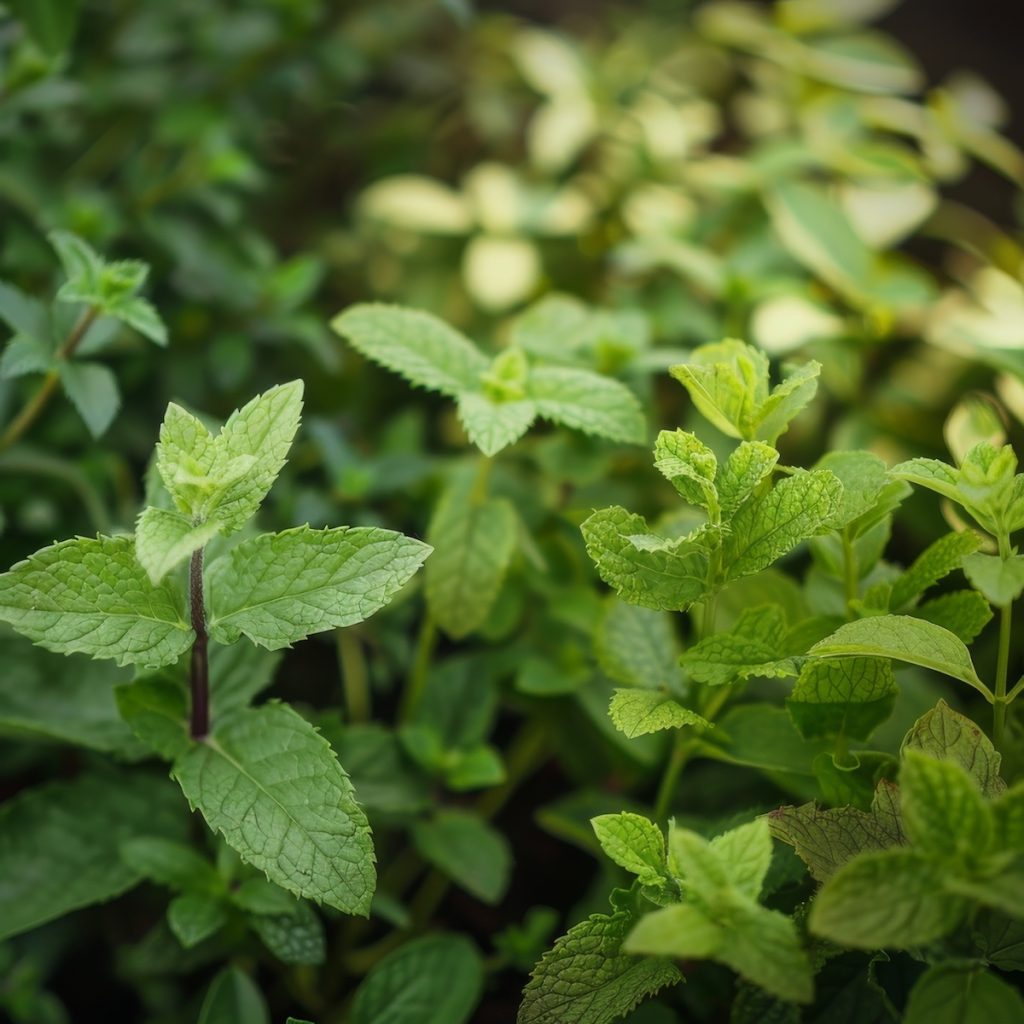
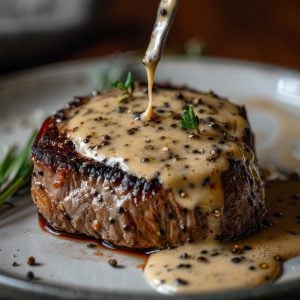
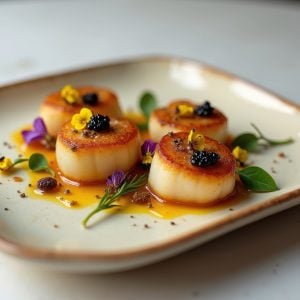
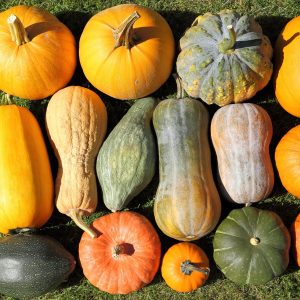

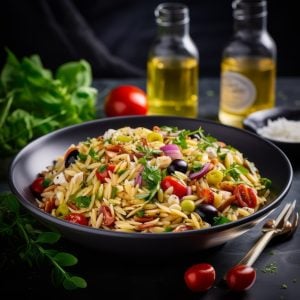
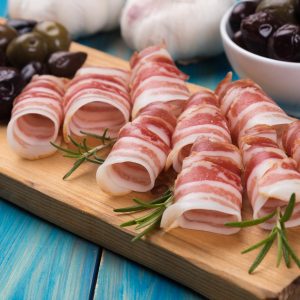
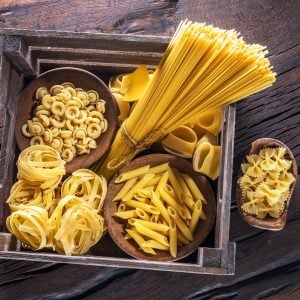
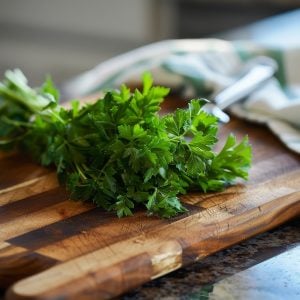
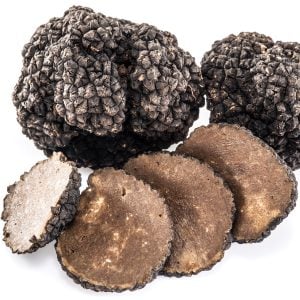


6 Responses
Spearmint is invasive in my garden. It’s controlled by a stone barrier but this year it has managed to get though. It’s enough to use as a vegetable rather than just a flavoring. I’m thinking about inventing a meal with a lot of spearmint.
Keep in mind that it’s toxic in large quantities. Google how much is ok per day. I wouldn’t eat a salad of mint. And in super large quantities, drinking essential oil can kill you. obviously you aren’t going to get that much into a meal, just to say that you should research before eating more than the traditional amount.
Tabbouli, if you have equal parts parsley.
I had peppermint in a garden plot bounded by a stone sidewalk. It went UNDER the sidewalk and came up in the grass on the other side!
Wow, Cindy. We have mint in our back yard next to the patio and have to tear some out every year. It grows like weeds.
The main aroma chemical in peppermint is indeed menthol. However, the difference in flavor between peppermint and spearmint is not only due to the difference in concentration of menthol. Spearmint might have less menthol (the alcohol) than meppermint, but is instead very rich in menthone, a monoterpene very close structurally to menthol, that gives a less “icy” strong minty flavor, but a more “rounded” and sweeter minty flavor.
Peppermint is rarely used as is in food, and it is rather the menthol that is extracted to prepare candies etc… in addition, the flavor is too intense and even stings the tongue and the mouth due to the strong alcohol content (hence the term “pepper”).
Fresh spearmint is milder and is therefore used in Middle Eastern cuisine (taboulé) or South East Asian cuisine (Thai, Lao, Vietnamese etc…).